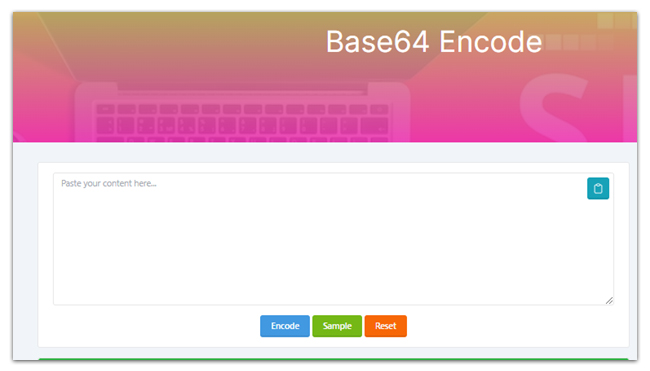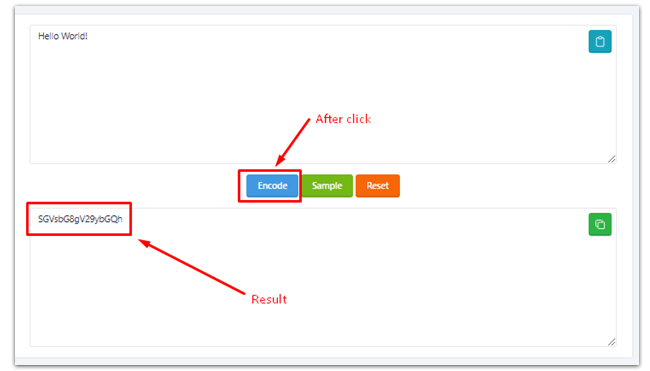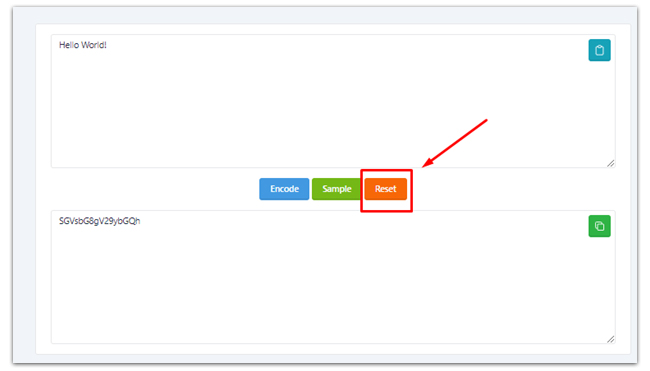
Base64 Encode
Base64 Encode - Online Tool
Introduction
In digital communication, data often needs to be converted, encoded, and decoded to ensure its compatibility and integrity across different platforms. One pivotal encoding method that plays a crucial role in this realm is Base64 encode. In this article, we'll delve into what Base64 encode is, why it's essential, and how it's used to transform data in today's digital world.
What Is Base64 Encoding?
Base64 encoding is a binary-to-text encoding scheme that's commonly used to represent binary data in an ASCII string format. Unlike binary data, which consists of 0s and 1s, Base64-encoded data comprises a set of 64 different characters. These characters include uppercase and lowercase letters (A-Z, a-z), numbers (0-9), and two additional characters, often '+' and '/'. Base64 encoding is named as such because it employs 64 distinct characters to represent binary values.
The Need for Base64 Encode
The primary reason for using Base64 encoding is to convert binary data into a text-based format that is safe for transmission and storage. This transformation allows data to be passed through systems and protocols that may not support certain binary characters.
How can you easily use this tool?
When you enter the tool you will see the picture below.

There is a blank box for entering your text and you will also find 3 buttons below named Encode, Sample and Reset.

When you enter any text and press the encode button the results will show below like this.

To avoid mistakes when copying just click the copy button just in the corner of the result box.

Also for further use you don' t need to go back and enter, just click on the reset button.

Thank you for using our tool. Don't forget to share this tool with your friends. Need any help? Just connect with us. Our customer service manager are always waiting to help you.
Why Is Base64 Encode Important?
Base64 encoding helps ensure that binary data remains intact when transferred through systems or protocols that may not fully support binary characters. It helps preserve the integrity of data during transmission. Many communication protocols and systems are text-based, meaning they are designed to handle ASCII characters. Base64 encoding allows binary data to be included in these systems without causing issues.
How Does Base64 Encode Work?
Base64 encoding follows a straightforward algorithm below.
- The binary data is divided into groups of 6 bits each.
- Each 6-bit group is then represented as one of the 64 characters in the Base64 character set.
- The resulting characters are concatenated to form the Base64-encoded string.
Common Use Cases for Base64 Encode
Email systems often use Base64 encoding to attach binary files, such as images or documents, to email messages. This ensures that the files can be transmitted reliably. In web development, Base64 encoding is utilized to embed images directly into web pages using data URLs. This reduces the number of HTTP requests required to load a page.
Data security and other concern
Base64 encoding is frequently employed in data serialization formats like JSON or XML to represent binary data within text-based payloads. Security tools may use Base64 encoding to obfuscate sensitive information, such as passwords, within configuration files or logs to enhance security.
Conclusion
Base64 encoding is a fundamental process in the digital world, enabling the transformation of binary data into a text-based format that's compatible with various communication systems and protocols. It plays a vital role in ensuring data integrity, compatibility, and efficient data transfer in diverse applications, from email attachments to web development and security.











